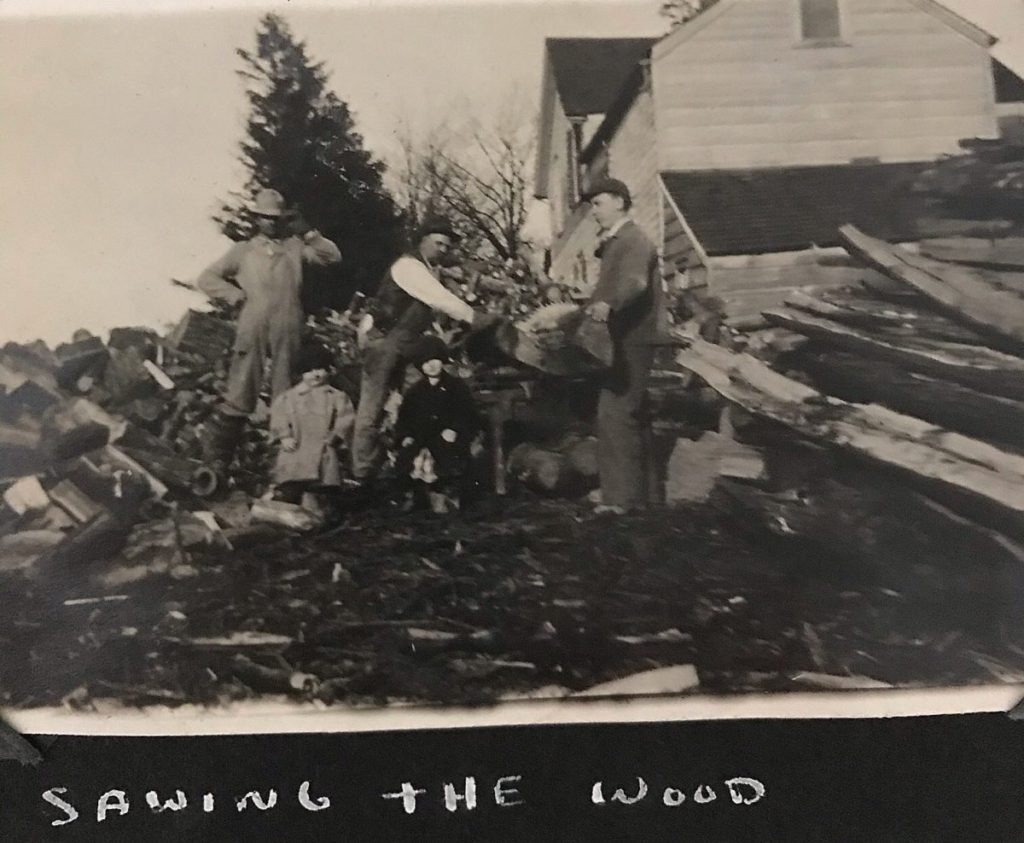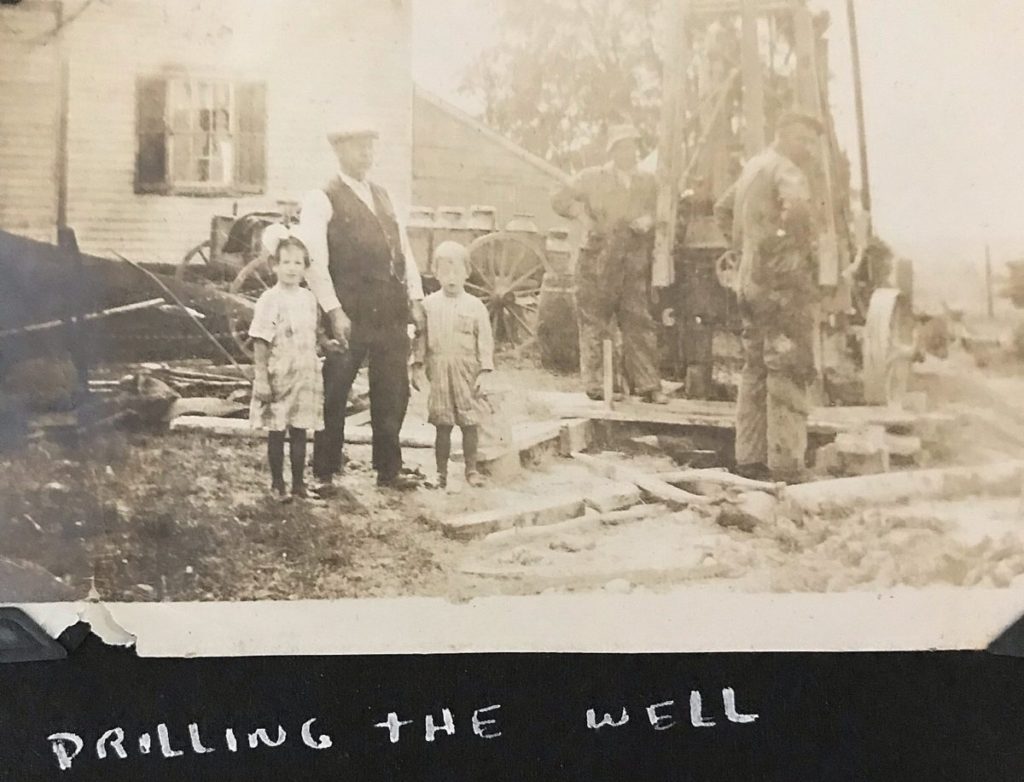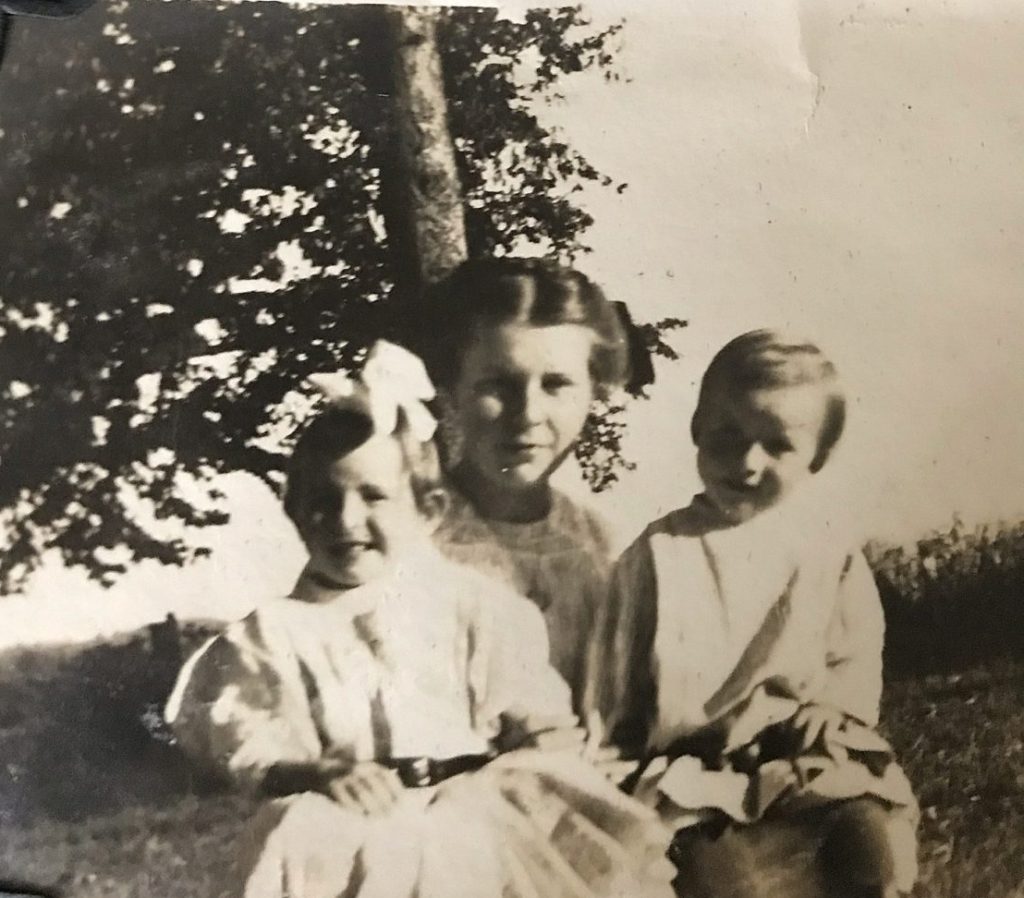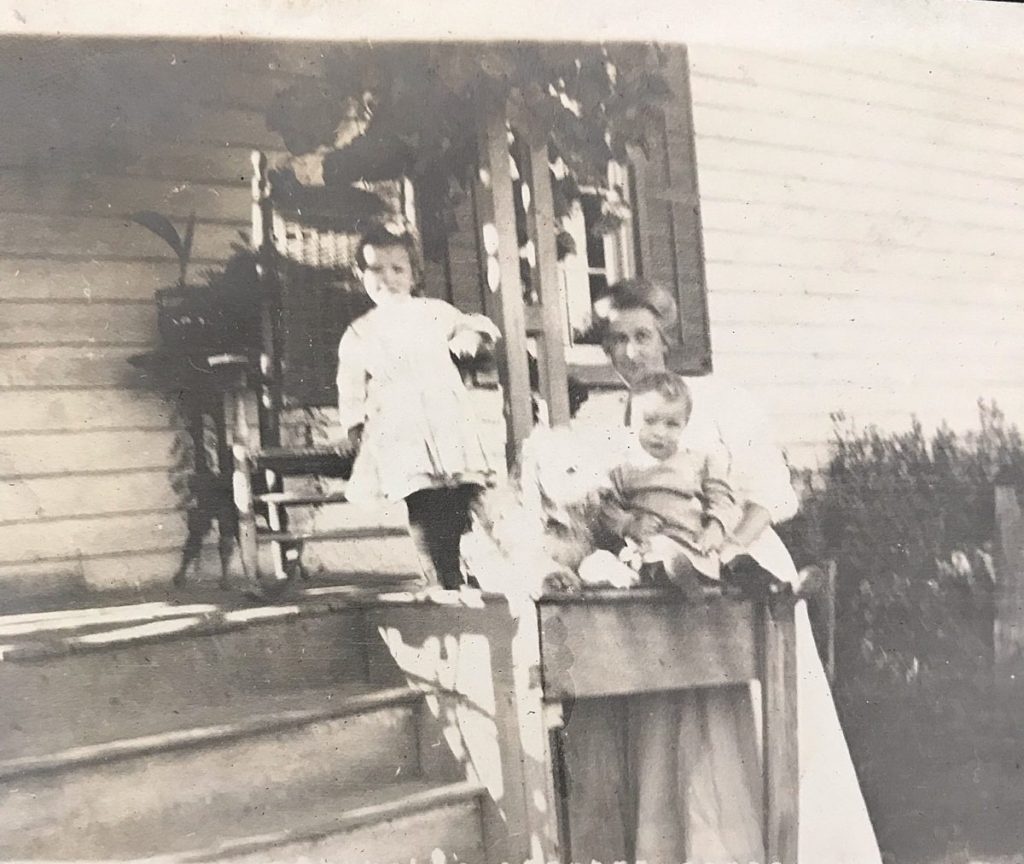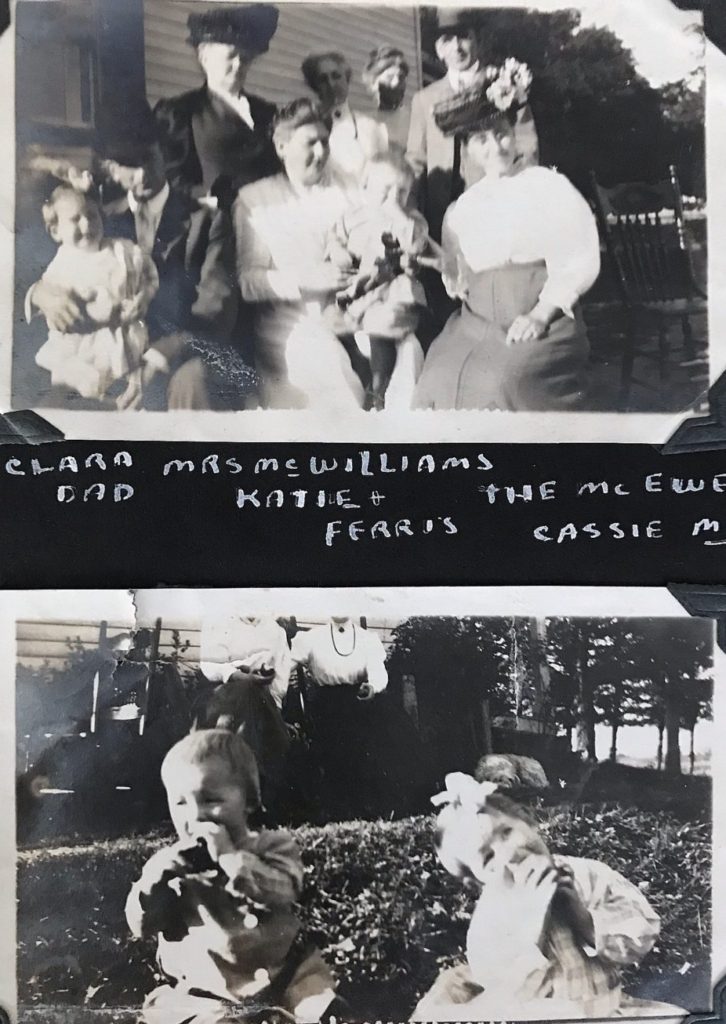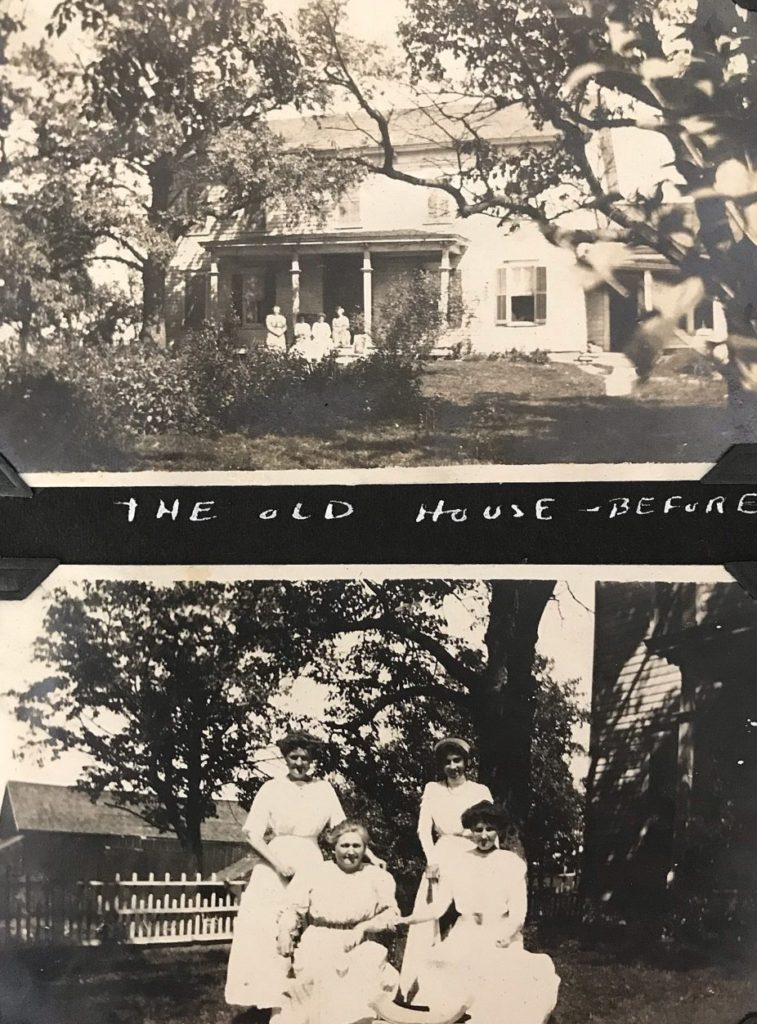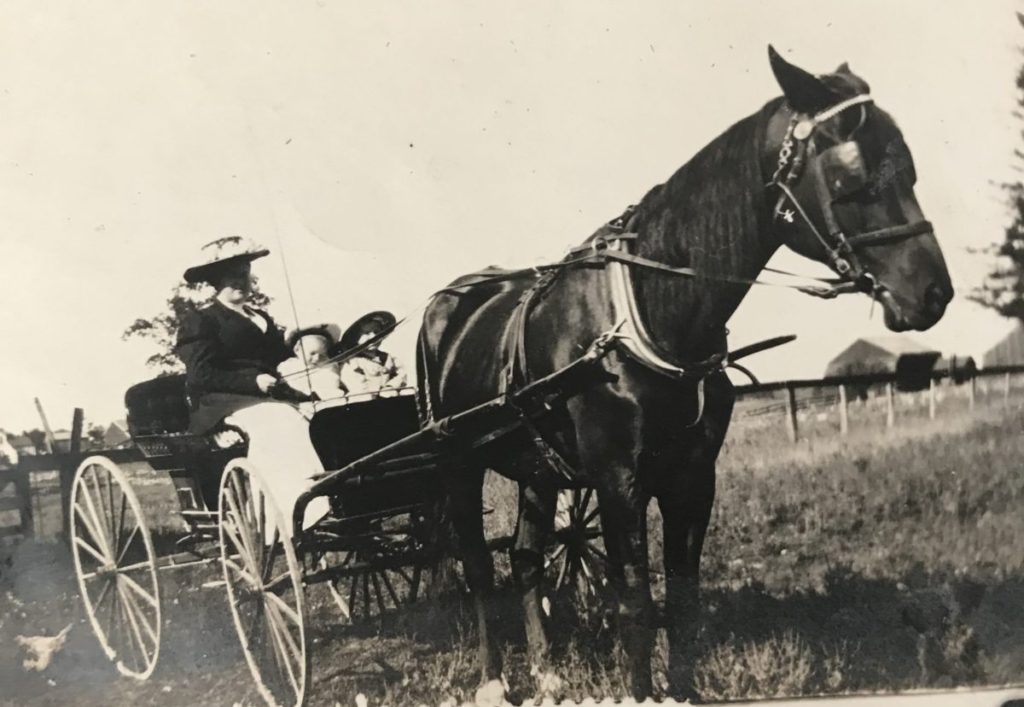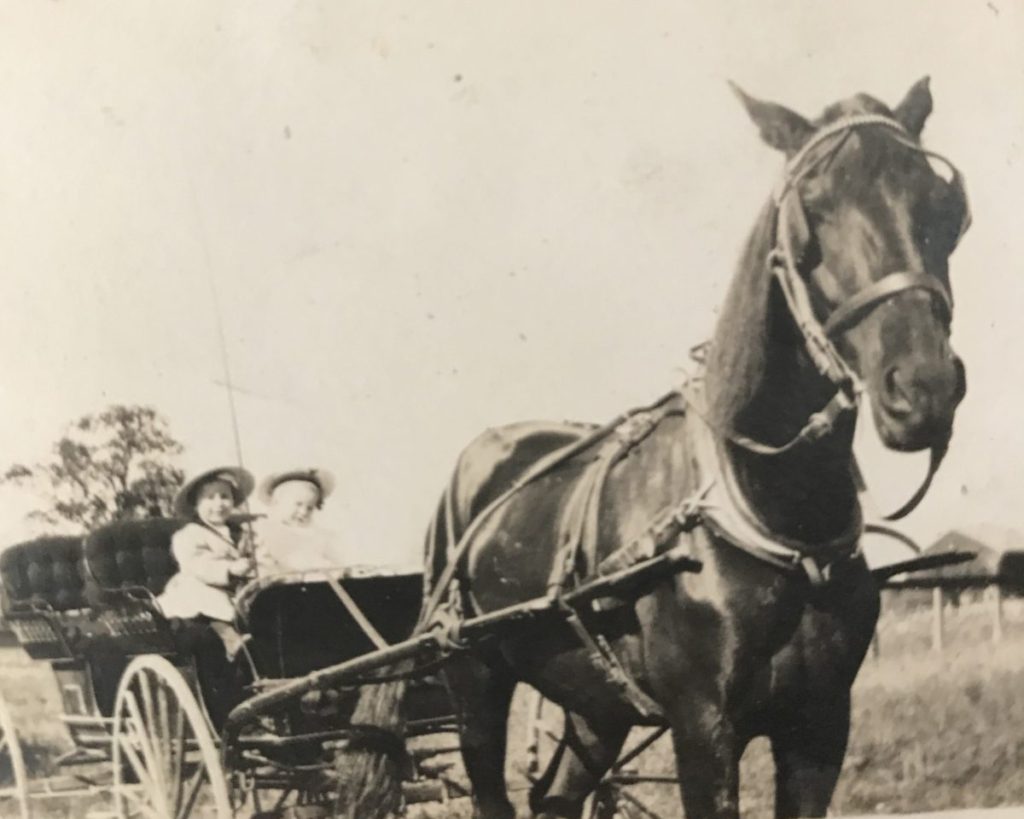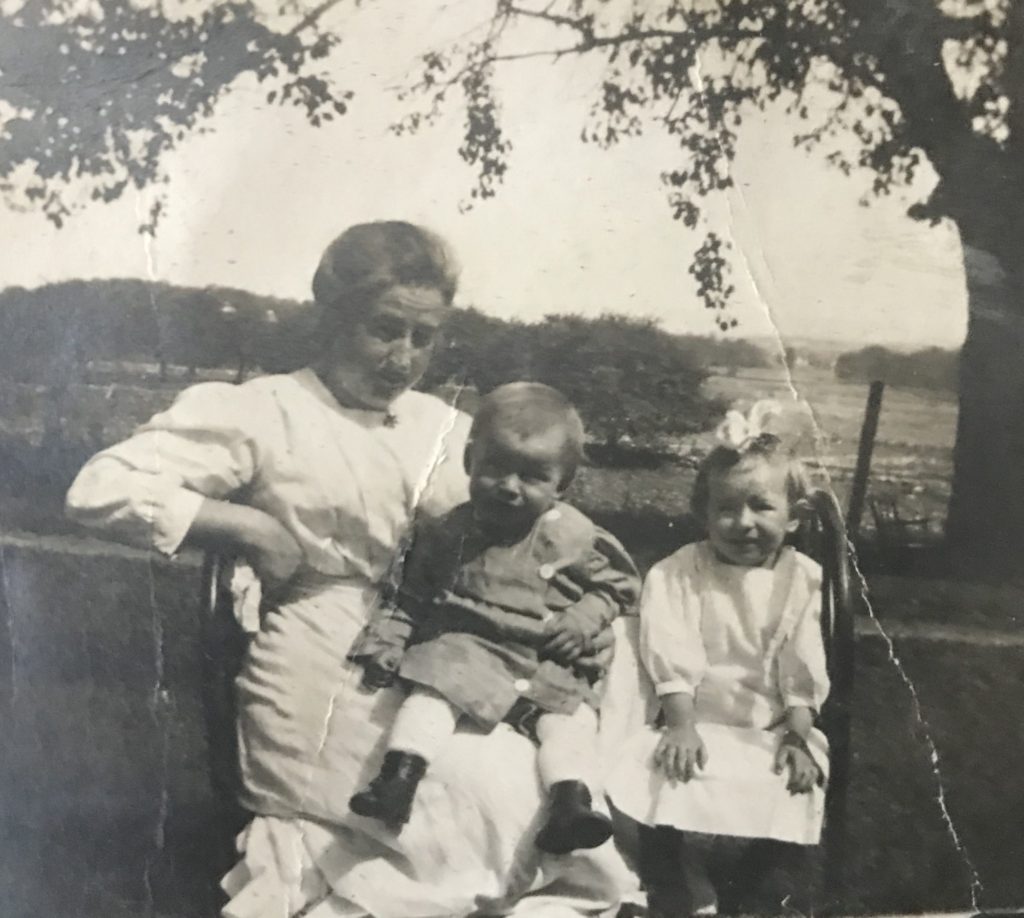This past Saturday, we went to a local jeweler to have my daughter’s first pair of earrings removed and filed down. Walking into the establishment with a small child on either side, an assistant quickly approached to offer a Hershey Kiss to each of the girls.
That may have been designed to keep their hands occupied with the chocolate rather than the expensive bracelets and necklaces open for perusal. At the time, though, my one concern was how to avoid glass cases full of chocolate fingerprints. “Please save the kisses for when we get outside, girls”, I said.
As soon as I said it, of course, the Stanford marshmallow test came to mind. In the 1972 study, and in follow-up studies, 3-5 year old children that were able to wait for a reward (the marshmallow) proved to have better self-esteem, emotional coping skills and educational attainment later in life. Would my 3-year old show delayed gratification by heeding my request?
Well, friends, she ripped the wrapper a little BUT the conditions weren’t controlled so I figure it’s all good. (I’ll come back to you in 10 years). In the meantime, let’s talk about delayed gratification and the postcard. The postcard?
Yes! Before the age of instantly shared travel pictures over Facebook and Instagram you sent a humble postcard. Shorter than a letter – even shorter if on foreign ground and in need of additional stamps – the postcard makes it easy to say “I love you”.
If I didn’t love you, clearly, I wouldn’t have bought this postcard, written it, and hunted down the local post office to send it. Right? And I sent it to you, at your address, which I either knew by heart (!) or thought to copy down before I left.

What a joy when you receive one of these, when, pawing through the bills and junk mail, you come up with a photograph of an exotic locale. “Girls, look what came today!” It’s fun to flip the card over, to read the loved one’s handwritten note, and then flip it over again marveling that…there they were.
And yet, isn’t it even better when you’re the sender? What’s the first thing you do when you get home and talk to said loved one? “Did you get my postcard?” It’s almost like the confirmation that your missive reached its mark and made someone’s day allows you to relive that slice of vacation. Delayed gratification!
Today, the postcard I’ll share with you comes from the Golden Age of Postcards, a period from 1907-1915. This is also known as the “Divided Back Period”, because it was 1907 when allowances were made to have messages written on the left half of the back of a postcard. What a revelation!
Everyone ran to Woolworth’s and bought millions of 10-cent postcards to send to each other. The techy kids took it even further. They used Kodak postcard cameras that could print out a postcard-size negative of the picture.
The one-cent stamp on the above postcard was issued in 1912. Apparently in 1912 the postman was so familiar with the families of Grand Avenue that no house number was required in the address. Lena C. Moon sent the postcard, indicating that her husband Truman had taken it.
The Moons were family friends of the Dunnings and I will have more to say about them. For today’s post (and in an attempt to figure out the picture) I’ve researched the addressee, O.M. Gregory.
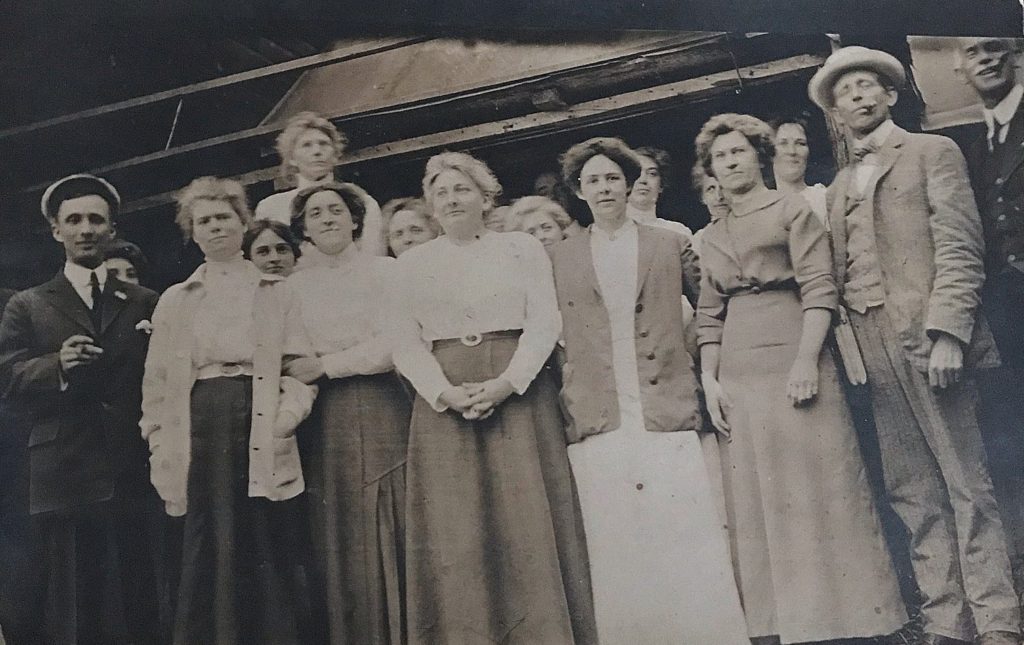
My best guess is that O.M. Gregory is the man in the suit and hat on the right of the picture with his wife at his side. That’s Aunt Kate, sure enough, in the middle. Whether that’s a couple on her right I don’t know, but the picture certainly has a “women’s rights” feel about it, doesn’t it?
By the way, how funny is that lady in the middle? Did she stand on someone’s back to get into the camera frame?
Who was O.M. Gregory?
Osmer Milton Gregory was born in 1870. By 22 years old, he had become a yard clerk at the O&W railroad in Middletown. He married Cora Belle Lawrence on January 11, 1899 and became a bookkeeper at a local bank. At some point, he took over the operation of a coal and lumber yard in Middletown.
The best I can guess about this picture is that the crowd has gathered under the overhang at the Middletown stop of the old O&W railroad. O.M. Gregory, being connected with the railroad, had *something* to do with it. It doesn’t matter too much, I guess.
What I love about this postcard is the hopefulness of it – both front and back. Lena’s note says that “she didn’t expect to find a thing on the negative” and yet there they are. There’s a group of people who look convinced that something good is coming.
Have a great week, everyone! Hope you’ve got good things coming to you, too…

